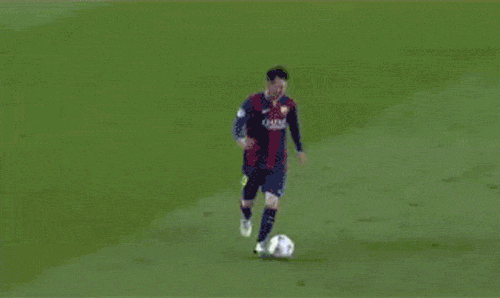Steve James wrote:If double weightedness is two adjoining substantial/Yang segments, and its opposite is balanced and agile, then it's opposite/complementary error is double floating - two adjoining insubstantial/Yin segments, the opposite of rooted. That doesn't feel 100% accurate so I expect I'll revise that summation soon
Imo, it is definitely about the relation of yin and yang. However, it's not quite as simple as doubling. Windwalker bought up the terms double-heavy and double-light. If the idea that there is always some yang in yin, and some yin in yang, then double yang doesn't make much sense.
It does within the context that I use and others use refering to mind and body. Would post clips but have found them to illicite more confusion as people tend not to understand whats going on. There can be too much yang and too little yin. "Double-heavy" is not the same as double-yang, and is its own fault. Double-light, otoh, isn't double yin, and is not considered a fault. The fault would be "floating" --a bad thing. Otoh, double-heavy is not the same as sinking --a good thing.
Double heavy, is the same as double yang, or as what most refer to as being double weighted when the concept of physical
weight is taken out one can have ones weight distributed any way they like, and still not be double weighted or be single weighted as some might try and yet be double weighted. Again depending on the context and method that one uses to describe this. There's a text attributed to Yang Banhou that goes into this in some depth. You can find it on Brennan's site. But, I'm not sure that the explanation helps, though it offers lots of opportunities for discussion.

Anyway, in that regard, I'm with John W. If one can't demonstrate the theory in physical terms, it's just words. That doesn't mean that there is only one way to express or illustrate the theory. In fact, the theory says that the ways to implement it are almost infinite (at least, the number is very large).
There's a set of related conditions described in Chapter 22 of the Yang 40, as listed in Douglass Wile's "Lost T'ai-chi Classics from the Late Ch'ing Dynasty". Slightly different translation is in WIle's "Yang Family Secret Transmissions", Chapter VI
Errors: Double Weightedness and Double Floating
Not Errors: Double Sinking and Double Lightness
Then they get into a complex breakdown of combinations of partial, half, and too heavy, light, floating and sinking that are errors.
So the "double", to me, appears to be a different meaning than "twice as much as you need", that would be included under the "too".
And yes, the part that I forgot to take in account is that where there is Yang, there is a corresponding Yin. So if we're double heavy by the definition of adjacent Yang, then it stands to reason there's a corresponding set of adjacent Yin. Going back to my A and B example. If A is pushing B on the left, B yields and returns back to A's left, A is less substantial on that shoulder, but no so insubstantial that it can't be pushed. The two upper quadrants are Yang. That means the root is easily severed and they're pushed out, because the legs/root are where the Yin goes, making it weak. If the upper body were Left Yang/Right Yin and the lower were Left Yin, Right Yang, then the force would be more likely to be redirected.
In the breakdown, any floating is indicative of an error half, partial, or double. Described as drifting, vague, not circular, and not light. Empty form that lacks a root, I suppose, best encapsulates it. You can be half floating, I suppose upper or L/R. Partial floating, one segment of the body floating. Or double, two or more body segments floating, most likely completely floating.
It's what good Peng does to your partner, floats them like a boat on the water. Shaky, unsteady, frozen, but different than double-weighted. Double-weighted is heavy, slow, sluggish. Double-floating is shaky and disconnected, like slipping on ice standing still.
Both of these ideas, beyond being theories, are just ways to describe what is already happening when you use taijiquan. After practicing a while and seeing that every time you do A, you get result B, you might start thinking there's some logic to it. These theories are exactly what I use to think about the exchanges occuring in push hands to work out how to deal with various attacks. Where is my opponent substantial, where is he insubstantial, where could I add a little extra yang to knock him down. How am I being double weighted to present an easy target. It works.
windwalker wrote:some methods and theories allow for things to be done or understanding that's not possible looking at them using another theory / model.
Definitely. That's the rub of the discussion. Shaui Jiao doesn't have the theory and doesn't do what it's possible to do with the theory, per se. Directly at least. Pretty much everything has a basic theory of how to avoid it-by-another-name, but I don't know of anything else that uses the particular model to achieve the particular results in other people. Also, yes, it's much easier to do than talk about.
 Anyway, in that regard, I'm with John W. If one can't demonstrate the theory in physical terms, it's just words. That doesn't mean that there is only one way to express or illustrate the theory. In fact, the theory says that the ways to implement it are almost infinite (at least, the number is very large).
Anyway, in that regard, I'm with John W. If one can't demonstrate the theory in physical terms, it's just words. That doesn't mean that there is only one way to express or illustrate the theory. In fact, the theory says that the ways to implement it are almost infinite (at least, the number is very large).








